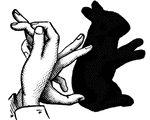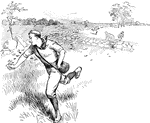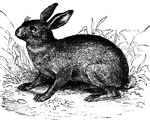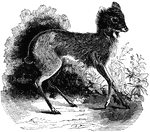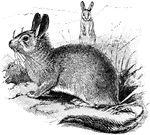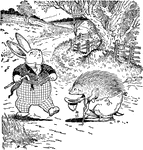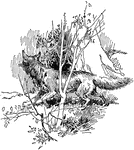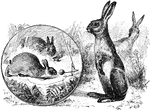Search for "hare"
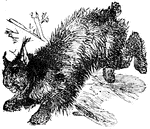
Canada Lynx
The Canada lynx is remarkable for its gait, going by successive leaps with the back arched. Its diet…
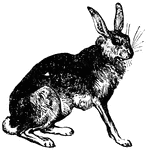
Hare
Hares are larger than rabbits, with longer ears and hind legs. They live above ground in nests. Hares…
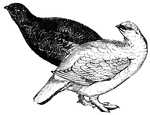
Ptarmigan
The Ptarmigans have feet much like those of a hare. Their legs and toes and soles of the feet are covered…

Aesop's Fables
The Hare and the Tortoise. The tortoise crosses the finish line ahead of the hare. Slow and steady wins…
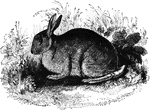
Rabbit
"The difference between the hare and this animal is numerous and striking. In a state of nature, the…
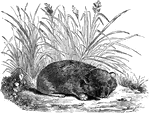
Calling Hare
"It has a head loner than usual with hares, and thickly covered with cur, even the tip of the nose;…

Black Agouti
"Is considerably smaller than the common agouti, being about the size of a rabbit, while the species…

Cuvier's Lagotis
"Its general appearance reminds one of the hare. The body above is yellow, with a faint tinge of green…

Lammergeyer
The lammergeyer (Swiss for "lamb-killer") is a member of the vulture family, but has a notably feathered…
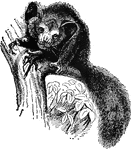
Aye-Aye
"The Aye-aye is an animal of Madagascar, so called from its cry, now referred to the lemur family. It…
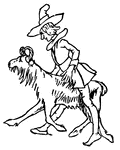
Simple Simon
From a nursery rhyme, Simple Simon Met a Pieman. The Simple Simon went a-hunting for to catch…
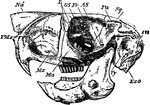
Cape Jumping Hare
"Side view of skull of Cape Jumping Hare. Pmx, premaxilla; Mx, maxilla; Ma, malar; Fr, frontal; L, lachrymal;…
!["So a hare, in making for cover, often escapes a hound by making a number of quick turns. The greater inertia of the hound carries him to far, and thus obliges him to pass over a greater space, as seen [here], in which the continuous line shows the hare's path and the dotted line the hound's." —Quackenbos 1859](https://etc.usf.edu/clipart/36300/36309/inertia_dem5_36309_mth.gif)
Inertia Demonstration
"So a hare, in making for cover, often escapes a hound by making a number of quick turns. The greater…

Pika
A small mammal living in high altitudes of Asia, Europe, and Western United States. Also known as the…

Sea Hare
The name of a genus of gasteropodous mollusca. These animals are slug-like in appearance, and derive…
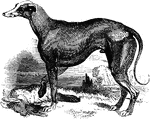
Greyhound
"The greyhound is the swiftest of all the dogs, and is principally used in the pursuit of the hare,…
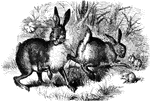
Rabbits
Rabbits are small mammals in the family Leporidae of the order Lagomorpha, found in several parts of…
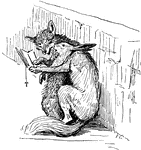
Reynard the Fox: Tricking the Hare
Reynard the Fox tricking Kyward the hare into believing he could teach him how to be a good priest.…

Reynard the Fox: Reynard's Pilgrimage
Lion the king, Kyward the hare, and Bellin the ram set Reynard the Fox off on his pilgrimage with the…
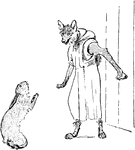
Reynard the Fox: Hunting Kyward
Reynard the Fox hunting Kyward the hare because he was the first to accuse Reynard of trickery.

Boy Watching Two Rabbits Dig Holes
An illustration of a boy watching two rabbits dig two separate holes but believes that it is one large…
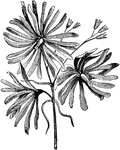
Flowers of Campanula Rotundifolia Soldanellaeflora
The common name of campanula rotundifolia is blue-bell or hare-bell. The flowers of the soldanellaeflora…
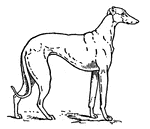
Greyhound
The Greyhound as a show dog is judged as follows: height and weight, ranging from 23 to 27 in. and from…

Jumping Hare
The Jumping Hare, also known as the Springhaas, is a large African jerboa (Pedetes caffer). In size,…
